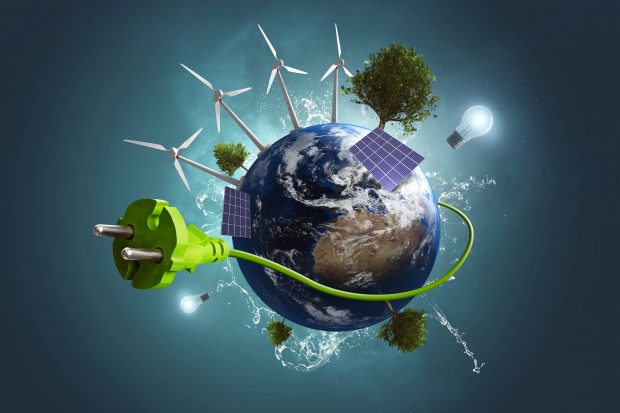H₂ PRODUCTION
Green hydrogen is produced by electrolysis of water, whereby the electricity required for this is generated exclusively with renewable energies. Only green hydrogen is truly climate-friendly because it is produced without fossil raw materials. It serves as an energy carrier, and unlike electricity, which cannot be stored, it enables a temporal and spatial decoupling between production and consumption.
How can we support you with your green hydrogen production project?
- We can advise you on your green hydrogen generation project. We have relevant experience in the development, design, construction and operation of hydrogen production plants in MW range. During the project development phase, we carry out targeted thermodynamic simulations of the envisaged overall plant consisting of a renewable power plant, optionally in combination with storage facilities (pumped storage, batteries) and hydrogen production. Alternatively, we can read in any electricity production curves from existing systems/grids and determine the amount of hydrogen in to/hour that can be generated by the electricity surplus. Subsequently, we optimise the type and number (capacity) of the hydrogen electrolysis systems from a technical and economic point of view.
- We advise you on your project for the generation of e-fuels. We have relevant experience in the development, design, construction and operation of plants that produce e-fuels. Depending on your needs, we develop your power-to-liquid or power-to-gas process. We either extract the required CO₂ directly from the ambient air (DAC – Direct Air Capture) or separate it from industrial waste gases (CDC – Carbon Dioxide Capture).
- We continue to develop the generation of e-fuels. We believe that electricity-based manufactured fuels need to be individualised: different locations have different needs. We call the site-specific synthetic fuels produced from green electricity CGF – Customised Green Fuel.
- We prepare the layout design of your plant. We determine the required components, their placement and the necessary rooms. Based on the sizes of the components, we determine the space and area requirements of your system.
